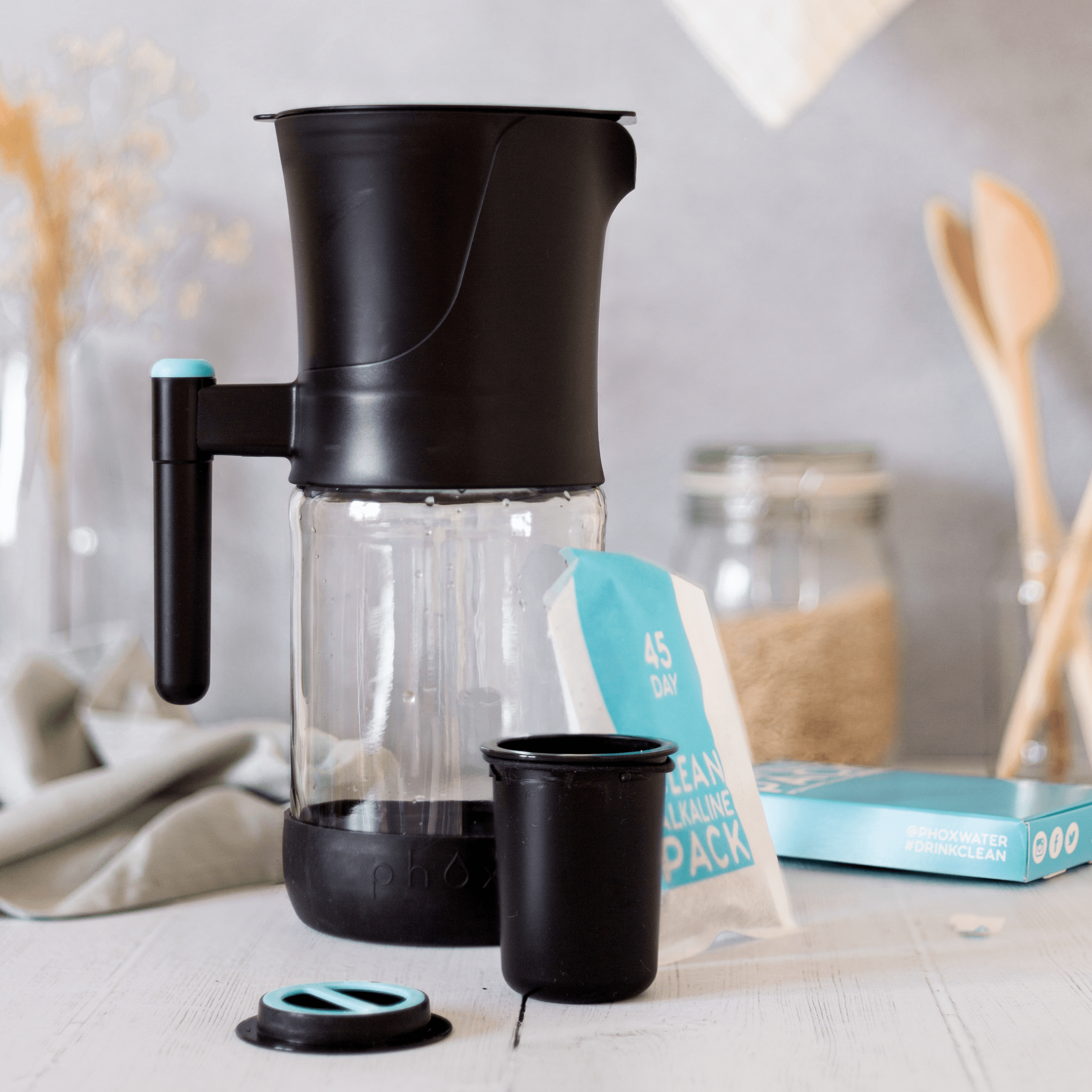The Sneaky Culprit in Your Home: Limescale - Why You Should Avoid It!
Have you ever noticed a residue on your faucets, shower-heads, or kitchen appliances? Well, my friend, that's none other than limescale. Now, before you dismiss it as a harmless annoyance, let me tell you why you should avoid it. In this blog post, we'll dive into the depths of limescale, explore its effects on your daily life, and uncover some fantastic tips to bid it farewell. So, grab a cup of tea and get ready to discover the downsides of limescale.
So, what exactly is limescale?
Picture this: you're relaxing in your cosy bathtub, ready to unwind after a long day, when you notice those unsightly crusty deposits clinging to the faucet. Well, those are the remnants of limescale, my friend. Limescale is a stubborn and hard mineral deposit that forms when water containing high levels of minerals, like calcium and magnesium, evaporates or is left to stand. It's a sneaky villain that tends to accumulate in our water systems, appliances, and fixtures over time.
Now, you may be thinking, "Okay, so what's the big deal? It's just some harmless residue." Ah, but that's where you're mistaken! Limescale can wreak havoc on your home and your sanity in more ways than you might imagine. Allow me to enlighten you:
Reduced Efficiency
Limescale loves to clog things up. From your shower heads to your kettles, these deposits can impede water flow and reduce the efficiency of your appliances. This means you'll have weak showers, longer boiling times, and a not-so-happy energy bill.
Shortened Lifespan
Think of limescale as a silent assassin targeting your appliances. When limescale accumulates in pipes, boilers, or heating elements, it can cause damage and lead to costly repairs or replacements. The lifespan of your beloved gadgets could be significantly shortened if you allow limescale to run rampant.
Dull and Dingy Appearance
Do you spend hours scrubbing your bathroom fixtures, only to find them looking dull and unappealing? Limescale can take the shine away from your taps, leaving them with an unsightly, crusty coat that's tough to remove. Say goodbye to that sparkling finish you once had!

Now, I'm sure you're wondering how you can bid farewell to this pesky foe. Fear not, dear reader, for I have a few handy tips up my sleeve:
Descaling Products
For those tough-to-clean areas, consider using descaling products specifically designed to combat limescale. They are readily available in the market and can save you a lot of elbow grease.
Regular Cleaning
Prevention is key! Regularly clean your faucets, shower heads, and appliances to keep limescale at bay. A mixture of vinegar and water can work wonders in dissolving those stubborn deposits.

Water Softeners
If you live in an area with hard water, investing in a water softener system can be a game-changer. These systems reduce the mineral content in your water, preventing limescale formation and protecting your appliances. The Clean Pack is designed specifically for hard water. If you have problems with limescale this is because your tap water has high concentrations of calcium carbonate. The Clean Pack contains ION exchange beads which remove calcium by turning it into sodium. This makes the water softer and removes the limescale which creates a horrible film in your appliances.

By understanding its sneaky ways and the havoc it can wreak on your appliances and home, you can take proactive measures to keep it under control. So, remember to stay vigilant, clean regularly, and consider investing in water softeners or descaling products to rid yourself of limescale.


